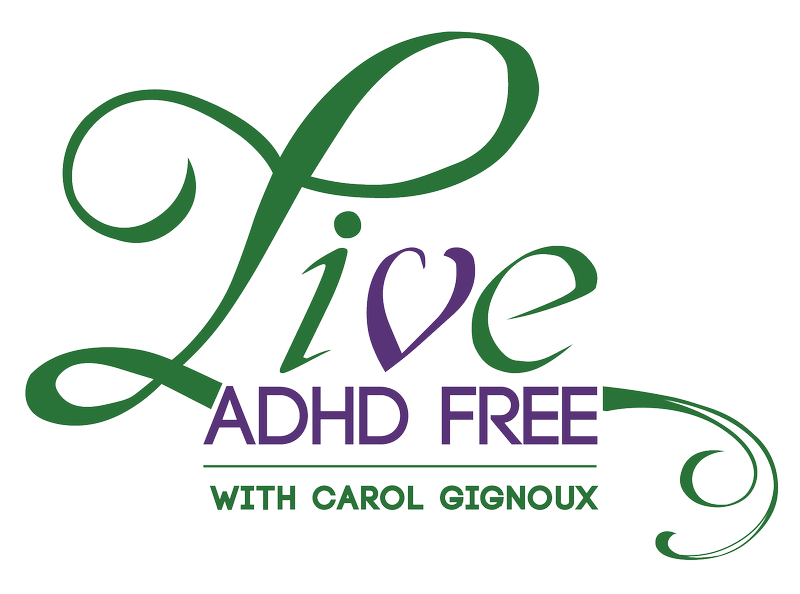There is a lot of misinformation out there about ADHD. Some think it’s not even a real disease, and those afflicted are just lazy or can’t control their impulses. That’s not even close to being true. ADHD is a brain type. It’s been proven to be a biological condition, not just a behavioral one. It currently impacts 15 to 20 million adults, adolescents, and children in the U.S. It’s hard to be firm on this number because so many are not diagnosed or are misdiagnosed.
Five Fast ADHD Facts
- Males are almost three times more likely to be diagnosed with ADHD than females. However, that doesn’t mean girls don’t have ADHD. The symptoms for girls are less visible than with boys, so it often goes undiagnosed. Check out these specific signs your daughter has ADHD.
- During their lifetimes, 12.9% of men will be diagnosed with the attention disorder. Just 4.9% of women will be diagnosed.
- The average age of ADHD diagnosis is 7 years old. This has become much younger than earlier generations since ADHD is now something that has become more perceptible.
- Symptoms of ADHD typically first appear between the ages of 3 and 6. Those early symptoms can include lack of focus, inability to listen, and hyper-active behaviors.
- ADHD isn’t just a childhood disorder. Today, about 4% of American adults over the age of 18 deal with ADHD on a daily basis. Adult ADHD is a very real condition. Kids with ADHD grow up to be adults, and depending if they were diagnosed early, may or may not know how to cope with the symptoms.
Who Gets ADHD?
While ADHD impacts all genders, nationalities, and races, there are some factors that can increase a person’s chance of having it. Children living in households where English is the main language are more than four times as likely to be diagnosed as children living in households where English is the second language.
Those living in households that make less than two times the federal poverty level have a higher risk than children from higher-income households.
ADHD does impact people of all races, with these current percentages:
- Whites: 9.8%
- Blacks: 9.5%
- Latinos: 5.5%
Diagnosis Is on the Rise
It only makes sense that diagnoses would be on the rise, as it’s become a national health concern. The American Psychiatric Association (APA) says that 5% of American children have ADHD. The Centers for Disease Control and Prevention (CDC) puts the number at more than double the APA’s number, reporting that 11% of American children, ages 4 to 17, have ADHD. That’s an increase of 42% in just eight years.
- 2003: 7.8%
- 2007: 9.5%
- 2011: 11 %
ADHD Diagnosis by State
Every state in the U.S. has ADHD rates, but some fare better than others. It’s important to consider these statistics with context. Some states could have a larger number of children and adults that go undiagnosed because of a supposed stigma of the ADHD label.
Lowest Rates:
- Nevada: 4.2%
- New Jersey: 5.5%
- Colorado, 5.6%
- Utah: 5.8%
- California: 5.9%
Highest Rates:
- Kentucky: 14.8%
- Arkansas: 14.6%
- Louisiana: 13.3%
- Indiana: 13.0%
- Delaware and South Carolina: 11.7%
ADHD Symptoms
Symptoms vary and are not unlike symptoms that many people have. The difference is the severity and duration of the symptoms. The most prevalent symptoms include:
- Inability to manage time
- Lack of focus
- Disorganization
- Failure to meet deadlines
- Unfinished projects
- Impulsivity
- Memory problems
- Unsuccessful at relating to others
- Anxiety
Now that you know these ADHD facts, it’s time to take control of your life. If you are struggling with ADHD yourself or have a loved one that needs help, consider ADHD coaching. Our programs provide long-term behavioral change and the capacity to cope with symptoms and thrive.

